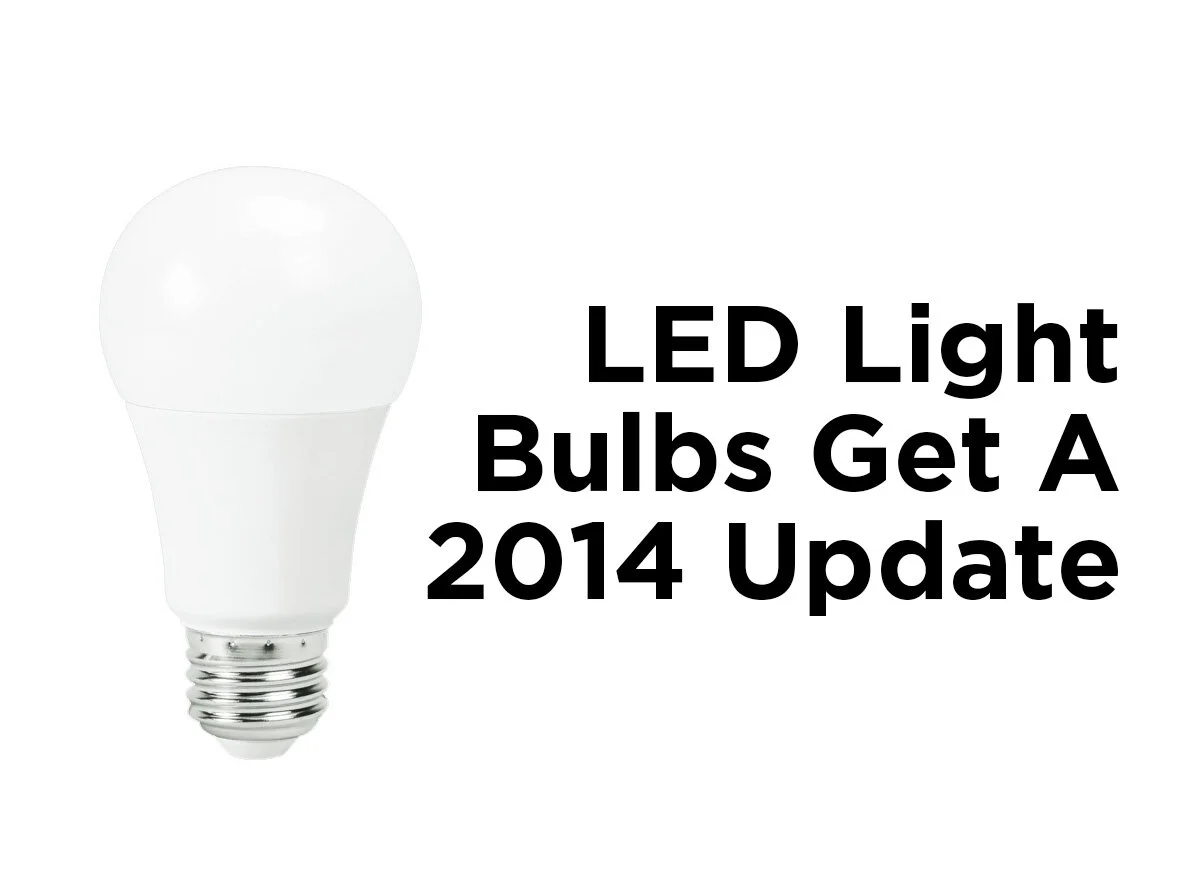When Will 60W Equal A19 LED Bulbs Hit $2
The most commonly sold LED light bulb in the US is a 60 Watt equivalent with an A19 base. It's the most popular because it replaces the 60W incandescent light bulb that was used for decades in homes and businesses all over the US in everything from desk lamps to porch lights. Prices have been falling rapidly, as manufacturers angle to increase market shares and advance the technology. With all of the recent price drops, it seems fitting to ask when a $2 option will hit store shelves and internet sites.
I won't bury the lede here. Instead my own guess without having any advance knowledge of who's-making-what-when-and-for-how-much is by Summer 2016. While that's only a little over a year away, it makes sense when you consider the timeline of previous product introductions:
March 2013 - Cree sets the internet ablaze with the announcement of a 60W incandescent replacement for under $10. The $10 mark is a psychological price point as, for many people, buying something for $10.49 doesn't make a lot of sense. Price the same product at $9.99 and you'll find that they're willing to buy it any day of the week and twice on Sunday.
March 2014 - In a bid to steal some of Cree's fire, Philips launches their own 60W incandescent replacement at $8.97. It received a lot of attention for its unique design, which Philips calls Slimstyle.
July 2014 - 1000Bulbs.com, in cooperation with a top factory, introduces a $6 60W equivalent household LED bulb.
November 2014 - Cree updates their 60W equal LED bulb and introduces a new 4-Flow design that sells for $7.97.
June 2015 - GE joins in with their own 60W equal A19 LED (pictured above). This soft white LED bulb sells for $9.97 in a 3-pack.
With retail pricing now hitting $3.33 per bulb, $2 can't be very far off. The question is whether people would still buy a bulb at $2 if that lower price meant it came with compromises. You can anticipate the following specs once pricing hits $2 for a 60W equal A19 LED bulb:
8 to 10 watts
720 to 800 lumens
Not dimmable
Not Energy Star
Life hours of 10,000 - 15,000
1 year to 3 year warranty
The two biggest sacrifices are going to be in the warranty and life hours. Most CFL bulbs only are only rated to last 8,000 so even at 10,000 it would be an upgrade. If true, it would be a big departure from what people are used to, which is an LED bulb that will last for decades (providing you only have it turned on a few hours each day). As far as warranties go, it's a dirty secret that no one wants to admit but we all understand.
When you go to buy a car, the warranty is already included but you learn that for an extra few hundred to few thousand dollars you can extend a portion of the manufacturers warranty. The warranty the car comes with is a part of the price and the same is true for light bulbs. While most people would run away from a car that only came with a one year warranty it seems like the attitude is vastly different when it comes to lighting. It's likely more common to find someone throwing them out instead of checking whether or not it burned out in 2 years instead of 4. At $2, it's a lot easier to be forgiving of a bad bulb, making people more willing to try them out.
What do you think? Will we see a $2 household LED bulb in the next year and if so would you still be willing to buy it even if it came with some compromises? Feel free to share your thoughts in the comments.







